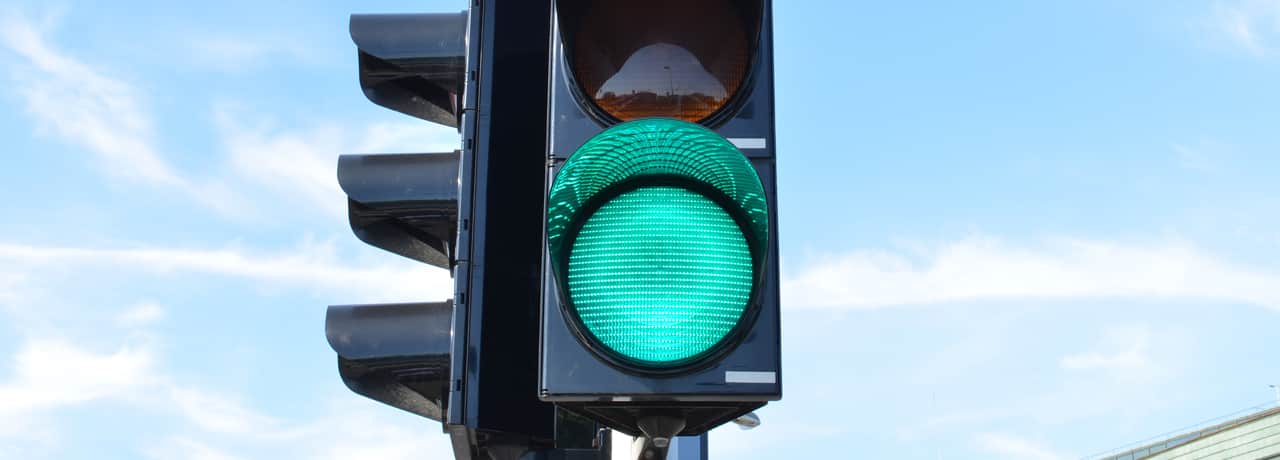You’re on your way home from work, and you should feel the stress of the day melting away. But there’s something holding you back: You’re stuck in traffic. Miles and miles of traffic, lined up and blinking like Christmas lights down the highway, everyone trying to get somewhere but all arriving nowhere.
It’s incredibly frustrating. While you’re driving, you can’t text. You can’t work. You can’t catch up on last-minute tasks in the place where sometimes it feels like you spend most of your time.
Traffic specialists at INRIX estimate that the US is the world’s worst country for congestion, with the average commuter spending nearly 50 hours per year stuck in traffic—but the US is closely followed by Belgium (44 hours), the Netherlands (39 hours), and Germany (38 hours).
This traffic congestion accounted for $160 billion in wasted time and resources in the US alone in 2015. And it’s only set to get worse, as increased urbanization and low fuel costs continue to outpace the capabilities of city infrastructure, leaving many city officials scrambling for solutions.
This congestion is not incidental. It creates a large divide between the life most city residents want to live and the ones they are actually leading. Easing that congestion using smart solutions can change urban landscapes, change lives, and help fulfill the promise of a connected city.
The Cost of Congestion
Congestion impacts quality of life for drivers, but it also reduces a city’s overall efficiency. Public transportation and delivery vehicles are stuck at a standstill, and thousands of employees sit in traffic each morning attempting to get to work.
Severe daily traffic congestion has plenty of long-term effects. It can deter new residents from moving into the area, restricting urban growth and financial output, and, on a more quantifiable level, high CO2 levels are a problem: many cities are attempting to meet strict government and global targets in order to address environmental concerns, and failure to hit these marks can result in financial penalties. Long-term exposure to high CO2 emissions is also a known risk factor for a whole range of cardiovascular diseases, leading to problems for both residents and local healthcare services.
Many local governments, transport agencies, and city planners are turning to technology enabled by the Internet of Things (IoT) as a way to manage traffic flow more efficiently. One innovation that has had notable success is the use of adaptive—or smart—traffic signal management.
The Drawbacks of Traditional Traffic Signals
In 2015, only around 3% of traffic signals in US cities were adaptive. Traditional ‘static’ traffic lights generally operate on a wired SCADA system, which includes traffic signals, pavement sensors and a nearby controller of some kind. While a SCADA system allows administrators to monitor traffic flow and collect data, it generally requires a software update to change its traffic signal sequences.
SCADA systems have been deployed in cities around the world for decades, which means that older systems are also becoming outdated and increasingly unreliable—regular breakdowns that result in additional maintenance costs for urban transportation departments.
Sonoma County
These were the exact problems faced by transport officials in Sonoma County, California. The county’s traffic intersections were connected via a wired SCADA system at a cost of $750,000 per intersection. While this allowed administrators to monitor traffic flow throughout the county, the 20-year-old system was increasingly unreliable.
Breakdowns every few days, a lack of notification when signals went down, and difficulties downloading new signal timing intervals meant that the cost of 24/7 operation was approximately $220,000 per year.
Having tested a number of options, which all proved unsuccessful, the county looked at Sierra Wireless’ AirLink RV50, a low-power, LTE gateway. Deployment was simple: the RV50 was configured straight out of the box and activated within one day, and the county now has a system that immediately notifies them if a signal goes down. Operators can also download new software to the entire system at once, and officials are able to alter signal sequences in real time, helping control traffic congestion during peak travel times or special events.
Arguably the biggest benefit, however, was the county’s significant cost savings. The $220,000 per year required by the wired SCADA system was slashed to $16,000—a 93% saving. The system paid for itself within four weeks.
Innovative Traffic Management
Other cities around the world are following suit. In Cambridge, England, city officials plan to use smart traffic lights to give public transport vehicles priority at junctions, phasing traffic lights so that buses get the ‘green wave’ throughout their entire journey. This gets people to work faster (boosting productivity), and reduces wasted fuel—and it just might encourage more people to opt for public transportation, further cutting down on gridlock.
These applications are just scratching the surface. We’re already looking at a future in which smart traffic lights will be able to communicate with an ever-increasing number of smart vehicles. A recent hypothetical study by the Universitat Politecnica de Catalunya estimated that these types of smart traffic systems could cut CO2 emissions in half—from roughly 110g of CO2 per vehicle to roughly 50g. When applied to thousands of vehicles, this adds up significantly.
As the technology develops, we will likely see traffic signals combined with other LTE-connected devices as well, like as traffic cameras, sensors and signage, to reduce congestion even further, helping cities boost productivity, lower CO2 levels, and improve quality of life for their citizens.
It’s a future that’s rapidly approaching. To be a part of it, or for more information on Sierra’s LTE gateways for traffic management and transport communication, Start with Sierra, and read more about our product offerings.
